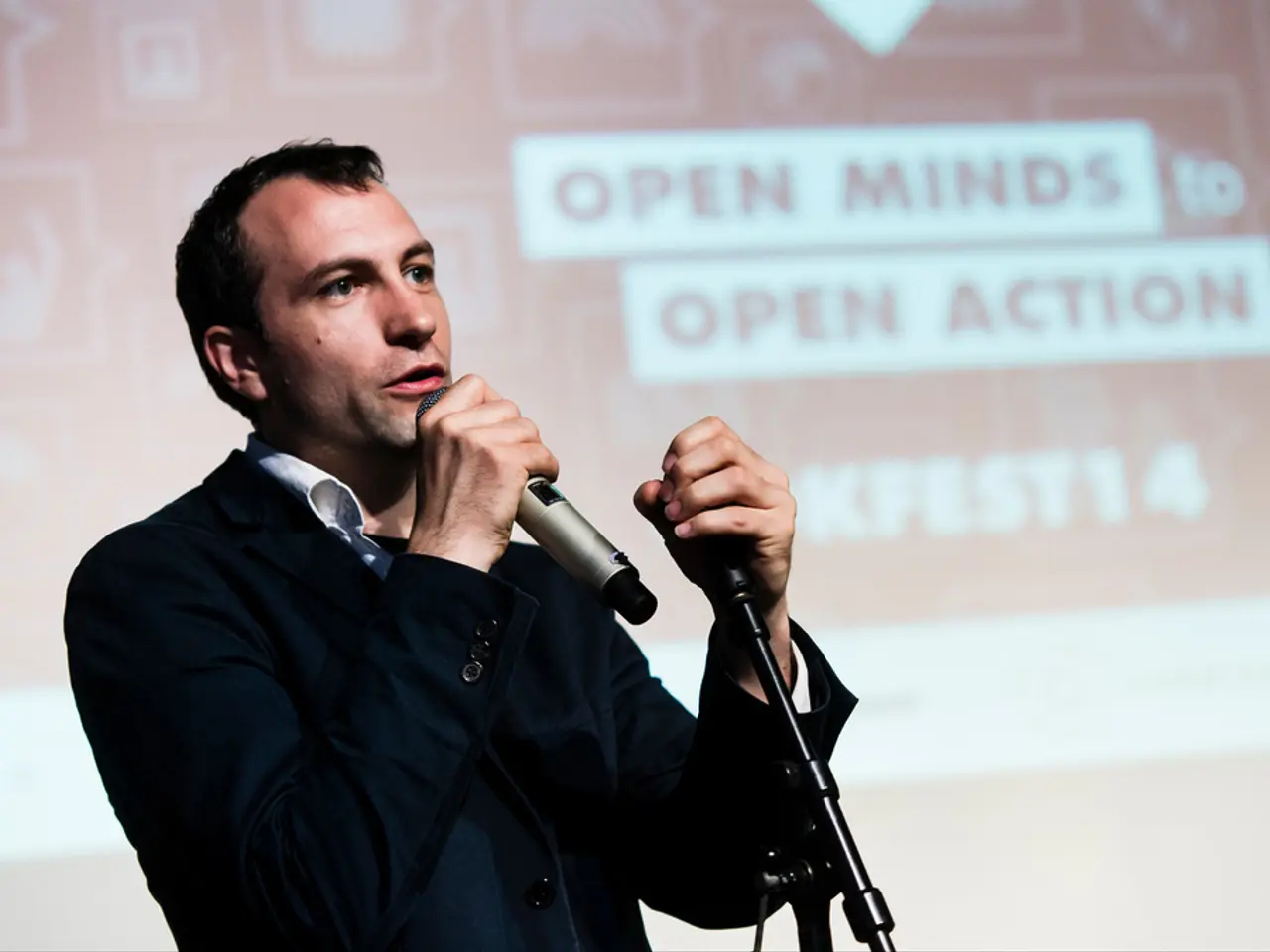Artificial Intelligence Restores Speech to Individuals Affected by ALS and Stroke
Breakthrough Technology Restores Speech for Stroke and ALS Patients
In a groundbreaking development, researchers at the University of California, San Francisco (UCSF) and Stanford University have developed brain-computer interfaces (BCIs) that allow people with paralysis to speak again. This innovative technology has brought hope to individuals like Ann, a woman who suffered a brainstem stroke, and Pat Bennet, a woman with ALS.
Ann, who has regained some function such as the ability to laugh and cry, is now able to 'wordle' using the new BCI technology. With the aid of a virtual avatar, she has managed to communicate 50 'high utility' sentences composed of 119 unique words quickly and with an error rate of 28%. UCSF researchers have also developed a supplemental mode of communication: a digital avatar to produce facial expressions and speech gestures that might not otherwise be possible on Ann's own face.
The technology has come a long way, particularly regarding the array that sits on top of the brain reading its activity. The array now has 253 channels, compared to the previous 128 channels, allowing for more precise readings of brain activity. This improvement has led to a significant increase in the speed of language decoding, with the BCI now able to decode 62 words per minute, more than three times as fast as previous models.
The latest research from both universities demonstrates significant improvements in vocabulary size and accuracy of speech in their BCI technology. Using AI algorithms, the teams managed to produce 78 words per minute with a median word-error rate of 25.5% using on-screen text. The voice for the avatar is personalized to sound like Ann before her injury by training it on videos of her wedding.
The ALS Association, recognizing the potential of these novel assistive technologies, is supporting their continued development through their Assistive Technology Grants. Kuldip Dave, PhD, Senior Vice President of Research at the ALS Association, expressed his support for the emerging BCI technology, stating it has the potential to improve quality of life and the ALS Association is committed to its continued development.
However, it is important to note that the proof-of-concept technology is still far from FDA approval. Once approved, the BCI could one day assist in communication and expression both in the real and virtual world. The team's work has achieved a 9.1% word error rate using a 50-word vocabulary, and a 23.8% word error rate on a 125,000-word vocabulary, indicating that there is still room for improvement.
This advancement in BCI technology marks a significant step forward in restoring communication for individuals with paralysis due to conditions like stroke and ALS. The potential for this technology to improve quality of life and enable more natural forms of communication is promising and warrants continued research and development.
Read also:
- Local nursing conferences receive approximately 1.17 million euros in funding
- Countries initiate efforts to prohibit smoking within vehicles
- Backed by Scientific Evidence, 11 Strong Arguments for Almond Appreciation
- Administration's effort to dismiss thousands of Health and Human Services employees denied by the court






